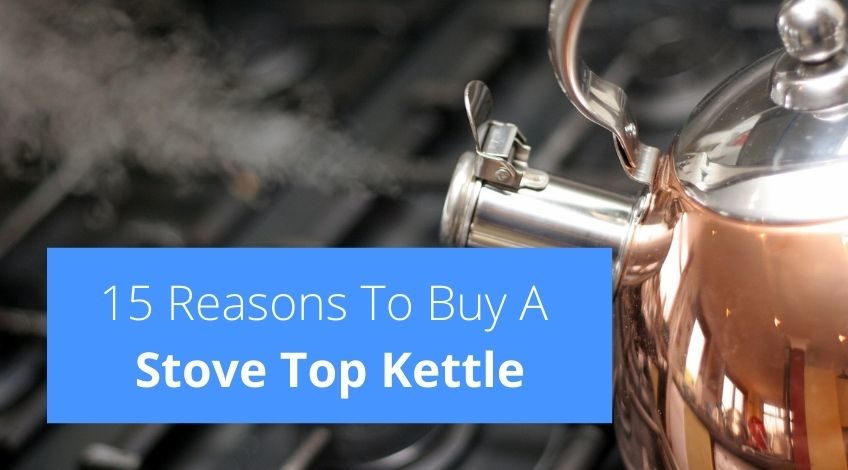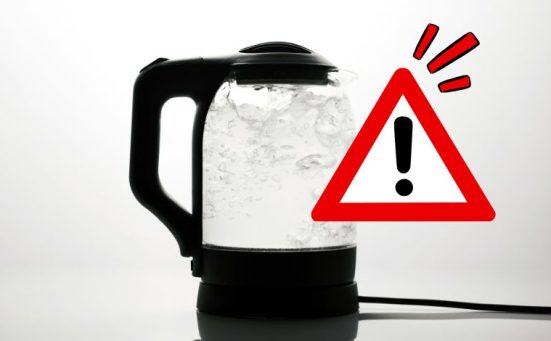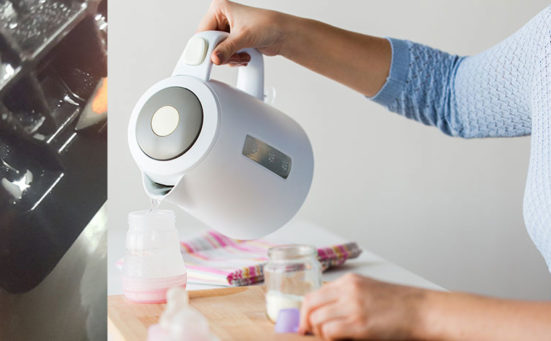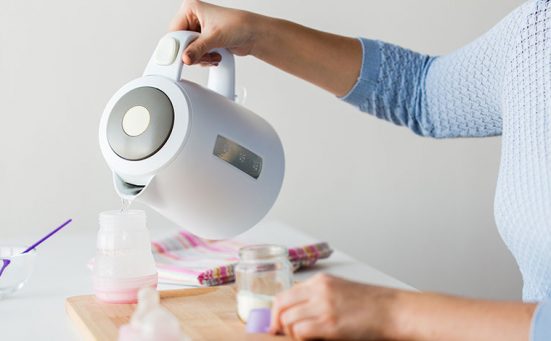
15 Reasons To Buy A Stove Top Kettle
We live in a society now that’s more and more reliant on electricity. In many cases electrical appliances offer a convenience not found in the appliances of yesteryear. But one old fashioned appliance is making a comeback, the stove top kettle.
Why would an outdated, outmoded appliance suddenly become popular again? There are a number of reasons why stove top kettles are gaining popularity with young families. Some will be obvious and others might surprise you.
Why Are Stove Top kettles Making A Comeback?
Back in the days before electric kettles, the stove top kettle was on a simmering boil all day long. The reasons they are becoming more popular include:
- Not Reliant On Electricity
If, for whatever reason, the electricity goes out. Either a power outage, power workers strike action, fuse blown or whatever, a gas cooker with a stove top kettle can still be relied on to boil water for that all important cup of tea or coffee. - Small Kitchen Worktop
Many kitchen designs are clever, inasmuch as they can fit so much into a small space. Where that falls down though, is when you have to fill the work top with appliances. By using a stove top kettle, you free up some of that vital work space for another needed appliance. - Not Made From Plastic
More and more people are becoming anti-plastic, and for good reason. Plastic is not brilliant for the environment, some plastics are downright dangerous and some are poisonous. BPAs are harmful compounds found in some plastics and they are known to cause many harmful conditions. Conditions like reproductive disorders, heart disease, diabetes, asthma, some cancers and more.
Stove top kettles are never made from plastic, they are metal, copper, iron, and most commonly stainless steel. No BPAs in any of these. - Simmering Boil-Keeps Water Hot
With an electric kettle, once it’s boiled, it turns itself off, and you need to use the hot water immediately. Stove top kettles can be left simmering, or what is commonly known as a simmering boil. This allows you to either carry on with what you’re up to and only breaking off when it’s convenient. Or allowing the water to keep hot while you wait for your guests to turn up knowing you can greet them with a welcoming hot drink as soon as they arrive. - Nothing To Break
With an electric kettle, there’s an element, thermostat, steam tube that links the interior of the kettle with the thermostat to switch the kettle off once boiled. There’s also a plastic lid, plastic body, a plug and cable. All of which have the potential to break at some point.
Stove top kettles on the other hand, are usually made from a high-grade metallic substance, with a metal lid, and no internal components at all to worry about. So there is basically nothing to break on or in a stove top kettle. This means stove top kettles are likely to last for many years, and only get replaced because your taste or style has changed. - Aesthetically Pleasing
Stove top kettles are pleasing to the eye, they hark back to a time when life was simpler. Stove top kettles just look good. - Better Spout Design
Stove top kettles have a spout that’s designed to be poured. Many electric kettle spouts are almost like an afterthought. They dribble, you have hardly any control on the flow rate, and they easily get blocked with limescale. Not fully blocked but just enough to cause the water to spill in the wrong direction. - Larger Capacities Available
Most electric kettles have a water capacity of around 1.7 litres, with the odd larger one having a maximum of 4-litres. Stove top kettles are available in many sizes up to and including 10-litres. !0-litres that’s a maximum capacity of just over 2 gallons of water! Perfect for tea parties or large- social gatherings etc. - Higher Average Boiling Temperatures
Electric kettles are governed by the amount of steam flowing to the thermostat, once the thermostatic plate gets heated enough to cause the metal plate in the thermostat to alter shape, a switch is knocked that turns the power off.
Stove top kettles, once boiling point is reached, can continue to boil until the water completely evaporates. If you turn the stove down but not off, the water will simmer, which is like a light boil. However, if you keep the heat up high, the water reaches a rolling boil. This is where the water actually looks like it’s churning or rolling. This water will be higher than boiling temperature,
Of course electric kettles will cut out long before they can ever reach a rolling boil. Which is why electric boiled water takes so long to reach boiling point when poured into a saucepan for cooking pasta. - No Cable
Many electric kettles are hindered by the cable that is constantly stuck at the back of the kettle. Great care needs to be exercised when pouring, as the cable can hinder the pourer. Stove top kettles have no cable to hinder you in any way. Allowing for a safer pouring action. - Nostalgic
Many stove top kettle owners when asked, gave nostalgic reasons for replacing the electric kettle. It reminded them of happier youthful times. - Kettle Whistle Sound
Many love the sound of a whistling kettle, many more hate it. Either way it’s iconic, and cannot be ignored. Plus it let’s you know the water is boiling and it’s tea time. Electric kettles just turn off, if you’re not in the same room you could go tealess. - Faster Boil Time
Stove top kettles will usually only boil faster than electric kettles if you have an induction hob, But they can, in some cases, boil faster than electric kettles. Plus if it’s always simmering, it will boil faster than an electric kettle from cold. - Removable Lid
It is virtually impossible to remove the lid of an electric kettle without breaking it. All stove top kettles have easily removable lids. This makes filling the stove top kettle so much more convenient. - Easier To Descale
If you live in a hard water area, and if you’re in the UK there’s a high probability that you do. Then at some point in the not too distant future, you will have to join the rest of us 60% of hard water users and descale your kettle. Electric kettles are so difficult to successfully descale. Many have a heating coil inside the water tank compartment which is a right pain to descale.
Others have a smooth base, but in 99% of the time the lid doesn’t open far enough to gain enough access to descale properly. So you’re left relying solely on a chemical descaler, and often a broken kettle lid too. Stove top kettles have a fully removable lid, giving you much better access to the inside.
You’ll be able to exert pressure on any stubborn limescale and remove more than is possible in an electric kettle. Plus the inside of a stove top kettle is smooth, no holes for steam to enter to activate any thermostats that can get clogged with limescale. Making the whole descaling process a far simpler task.
Thinking About Buying A Stove Top Kettle?
If that’s got you convinced, be sure to do your research before you make a purchase. We’ve put together a super helpful guide here that’ll teach you all the things you need to look out for when buying a stove top kettle that we strongly advise you take a read through first.
Frequently Asked Questions
The time it takes to get a stove top kettle delivered depends on where you buy it. You can get next day delivery from Procook.co.uk, John Lewis, Amazon Prime, AO.com, Appliances direct, The Range, and many more.
It is safe to shop for a stove top kettle online. As long as you buy from a well-known reputable retailer.
You can buy a stove top kettle on finance with many retailers now offering their own finance deals. Take a look online and compare deals, be on the lookout for 0% finance offers, as many companies are offering better deals as they are all competing for any trade that’s around.
Stove top kettles are worth buying, if you need to free up space on your kitchen worktop, need to boil large quantities of water, like the style of stove top kettles, or just fancy a change.
There are many well-known manufacturers of stove top kettles, some of the more popular are Von haus, Le Creuset, Kitchen craft, Prestige, ProCook and many more.
Also, follow us on Pinterest ...



